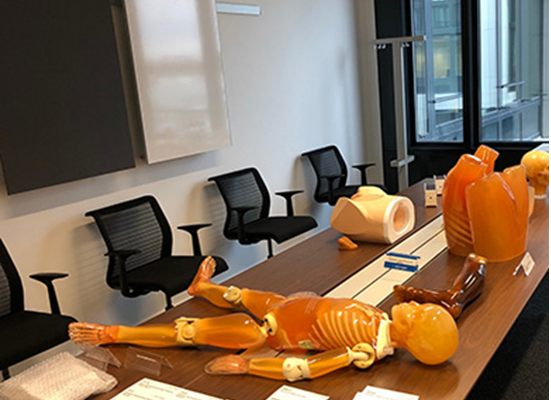As educational content evolves and medical technology becomes more sophisticated, the use of human patient simulation as an instructional strategy can enhance patient safety and
optimize outcomes, providing a means of allowing medical and nursing students to “practice” critical thinking, clinical decision-making, and psychomotor skills in a safe,
controlled environment, without potential risk to a live patient.
In healthcare education, there is a revolution taking place in the form of implementing high-fidelity simulation laboratories. Case studies, films, and role-playing are all examples of low-fidelity methods.
Moderate-fidelity simulations offer more realism but lack many cues necessary for the complete immersion of the participants. A manikin with breath sounds but no rise and fall of the chest is an example of a moderate-fidelity simulator.
High-fidelity simulations however provide students with the more advanced cues necessary
to suspend disbelief during dynamic, immersive, hands-on scenarios.
High-fidelity computerized simulation manikins are extremely realistic – they are anatomically accurate, they breathe, they have a heartbeat and pulse, they verbalize and they can die during a simulated scenario.
A library of clinical scenarios are programmed into the system with a set of symptoms that students must assess, diagnose, plan treatment, implement treatment and evaluate the outcome.


